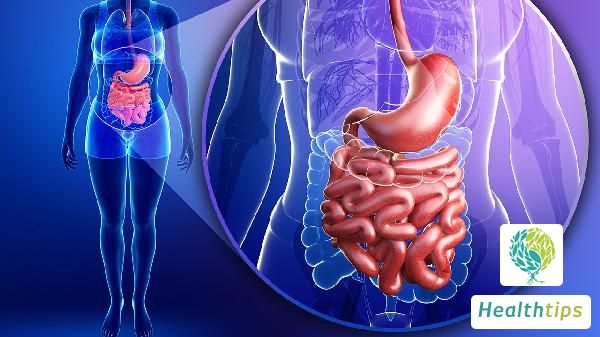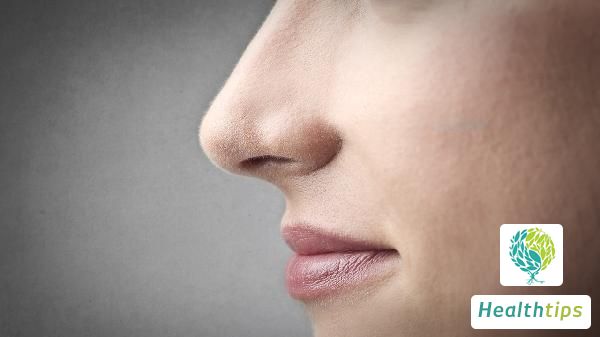Why does it hurt when I touch the vaginal entrance?
Vaginal inflammation is a common gynecological issue encountered by many women. If there is pain at the vaginal entrance, it is likely caused by vaginal inflammation. There are various reasons for vaginal inflammation, such as poor hygiene of the private area or unhealthy sexual intercourse. If there is pain even with slight touch at the vaginal entrance, it indicates a severe condition, and it is advisable to consult a doctor for further examination. Oral medication or vaginal cleansers can be prescribed for treatment.

The causes of local redness, swelling, heat, and pain at the vaginal entrance include the following:
(1) Etiology: Bartholin's gland cyst is caused by the obstruction of the opening of the Bartholin's gland duct, resulting in the accumulation of secretions in the gland cavity. The reasons for the obstruction of the Bartholin's gland duct include:
- Infection: After the resolution of Bartholin's gland abscess, the abscess fluid is absorbed, and the mucus in the gland cavity becomes thick and viscous, leading to duct obstruction.
- Narrow or atretic duct: Congenital narrowness or atresia of the Bartholin's gland duct can cause poor or incomplete drainage of the fluid in the gland cavity, leading to cyst formation.
- Injury to the Bartholin's gland duct: In some cases, injury to the gland duct or scarring and contraction of the incision site after childbirth or episiotomy can lead to the obstruction of the Bartholin's gland duct opening and cyst formation.
(2) Pathogenesis: The cyst contents are transparent mucus with rare serous fluid. The cyst is unilocular, and yellowish transparent mucus can be aspirated by puncture. Sometimes, it may contain blood and appear red or brownish red, which can be easily misdiagnosed as endometriosis cyst, especially when the cyst wall is covered with epithelium containing pseudo xanthomatous cells.
The cyst wall is initially covered with transitional epithelium. As the cyst fluid increases and the pressure rises, the transitional epithelium can transform into a single layer of cuboidal or flattened epithelium, or even atrophy. If secondary infection occurs, the cyst wall will present with chronic inflammatory connective tissue and even granulation tissue.
Relief Methods:
Pay attention to hygiene and avoid infection. Try to avoid surgical injuries that can obstruct the gland duct opening. Surgical treatment should be considered for congenital atresia of the gland duct opening.
Notes:
- If there is a lateral incision wound, an appropriate amount of female care solution can be used for external vaginal cleaning.
- After using the toilet, women should wash their perineum with water, rinsing from front to back to avoid bacterial infection.
- After using the toilet or taking a shower, gently pat the perineal area with facial tissue to keep it dry and clean.



















